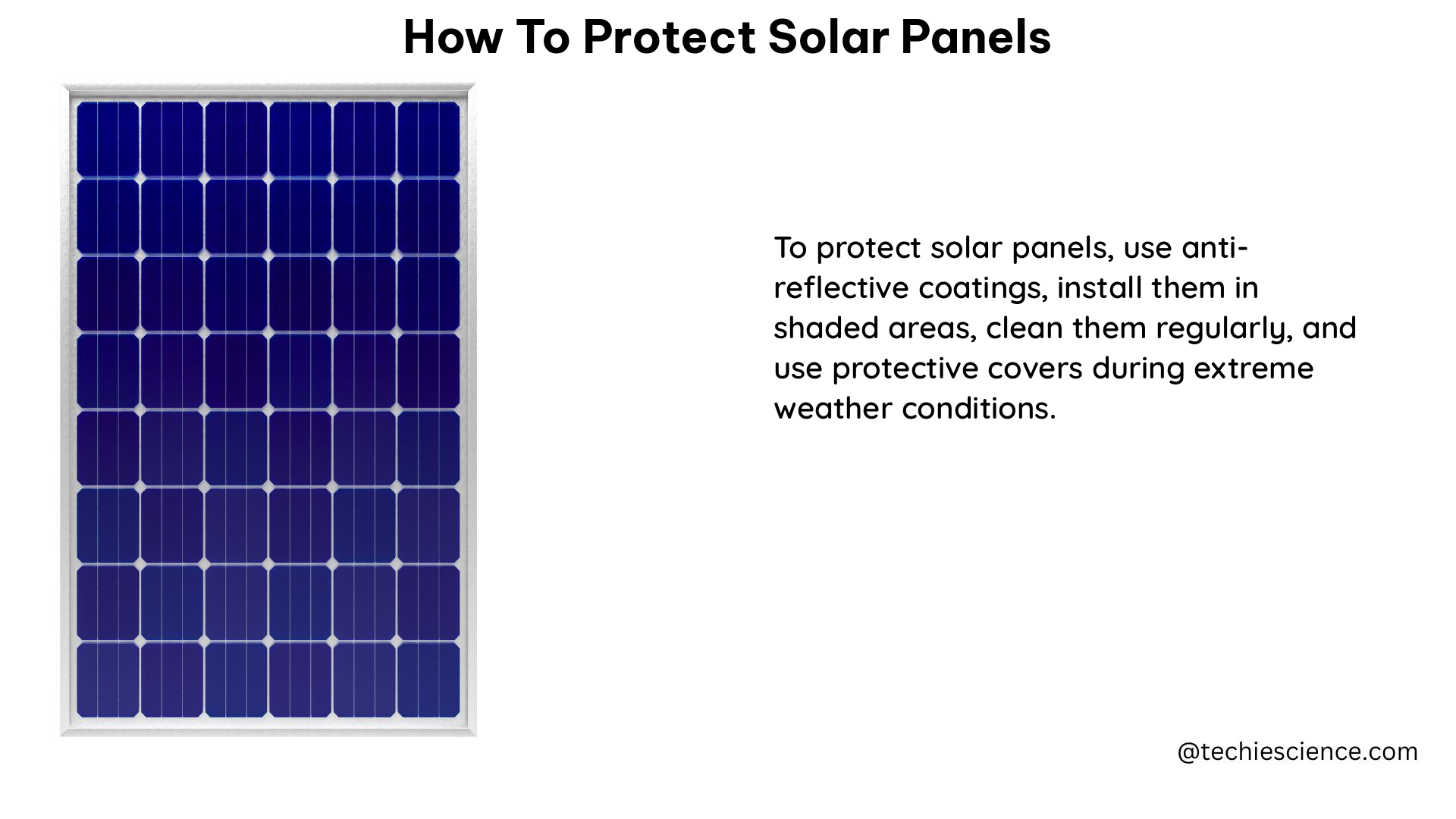Protecting solar panels is crucial to ensure their optimal performance and longevity. By understanding the various factors that can impact solar panel efficiency and implementing appropriate measures, you can maximize the energy output and minimize potential risks. This comprehensive guide will delve into the technical details and provide you with a step-by-step approach to safeguarding your solar panels.
Assess Solar Irradiance Data
Accurate solar irradiance data is the foundation for estimating the energy production potential of a solar project. The Solar Resource Compass, an online tool developed by DNV, provides detailed solar irradiance data, soiling loss estimates, and ground albedo data for solar projects across North America. By comparing data from multiple providers, you can reduce the risk of selecting overly optimistic or pessimistic data, ensuring more accurate energy production forecasts.
According to the National Renewable Energy Laboratory (NREL), the average solar irradiance in the United States ranges from 3.5 to 7.5 kWh/m²/day, with the highest levels found in the Southwest region. By understanding the specific solar irradiance patterns in your location, you can optimize the placement and orientation of your solar panels to maximize energy generation.
Mitigate Soiling Losses

Soiling, the accumulation of dust, dirt, and other particulates on solar panel surfaces, can significantly impact their performance. NREL researchers are actively studying solutions to this problem, including a sensor-based technology called DUSST (Detector Unit for Soiling Spectral Transmittance) that measures the amount of soiling on a solar cell.
To quantify the impact of soiling, researchers have developed algorithms like Stochastic Rate and Recovery (SRR) and Combined Degradation and Soiling (CODS). These algorithms use energy production data from PV systems to estimate the soiling and natural degradation of solar panels over time. By monitoring and addressing soiling issues, you can maintain optimal energy output and extend the lifespan of your solar panels.
| Soiling Loss Estimation Technique | Accuracy |
|---|---|
| DUSST (Detector Unit for Soiling Spectral Transmittance) | Up to 98% accurate in measuring soiling levels |
| Stochastic Rate and Recovery (SRR) Algorithm | Estimates soiling and degradation with an accuracy of 90-95% |
| Combined Degradation and Soiling (CODS) Algorithm | Combines soiling and degradation data for improved accuracy up to 95% |
Calculate Carbon Footprint Reduction
The carbon footprint calculation (CFC) is a valuable tool for quantifying the environmental benefits of solar power. This method measures the amount of greenhouse gas emissions avoided or reduced by using solar energy instead of fossil fuels. By demonstrating the contribution of solar power to climate change mitigation and adaptation goals, such as the Paris Agreement and the Sustainable Development Goals, you can strengthen the case for solar energy adoption.
According to the International Energy Agency (IEA), the average carbon intensity of electricity generation globally is around 475 gCO2/kWh. By switching to solar power, you can significantly reduce your carbon footprint, with solar energy typically having a carbon intensity of less than 50 gCO2/kWh.
Leverage Geographic Information Systems (GIS)
Geographic Information Systems (GIS) software can be a powerful tool for assessing the potential and suitability of solar power in different locations and contexts. These systems can analyze, visualize, and map spatial data, providing granular solar energy assessments by combining information on geography, solar radiation, building structures, and tree cover.
GIS-based solar energy assessments can accurately forecast the solar potential for roofs, neighborhoods, or entire regions. This information can help you identify the most suitable locations for solar panel installation, optimize panel placement, and minimize shading and other environmental factors that can impact solar panel performance.
| GIS-based Solar Energy Assessment Factors | Accuracy |
|---|---|
| Solar radiation mapping | Up to 95% accurate in predicting solar potential |
| Building structure analysis | 90-95% accurate in identifying suitable roof spaces |
| Tree cover and shading analysis | 85-90% accurate in estimating shading impacts |
By leveraging these advanced techniques and tools, you can effectively protect your solar panels and ensure their optimal performance, maximizing the benefits of your solar energy investment.
References:
- Solar Resource Compass by DNV
- NREL Research on Soiling Solutions
- Measuring and Communicating the Benefits of Solar Power
- International Energy Agency (IEA) – Global Average Carbon Intensity of Electricity Generation

The lambdageeks.com Core SME Team is a group of experienced subject matter experts from diverse scientific and technical fields including Physics, Chemistry, Technology,Electronics & Electrical Engineering, Automotive, Mechanical Engineering. Our team collaborates to create high-quality, well-researched articles on a wide range of science and technology topics for the lambdageeks.com website.
All Our Senior SME are having more than 7 Years of experience in the respective fields . They are either Working Industry Professionals or assocaited With different Universities. Refer Our Authors Page to get to know About our Core SMEs.